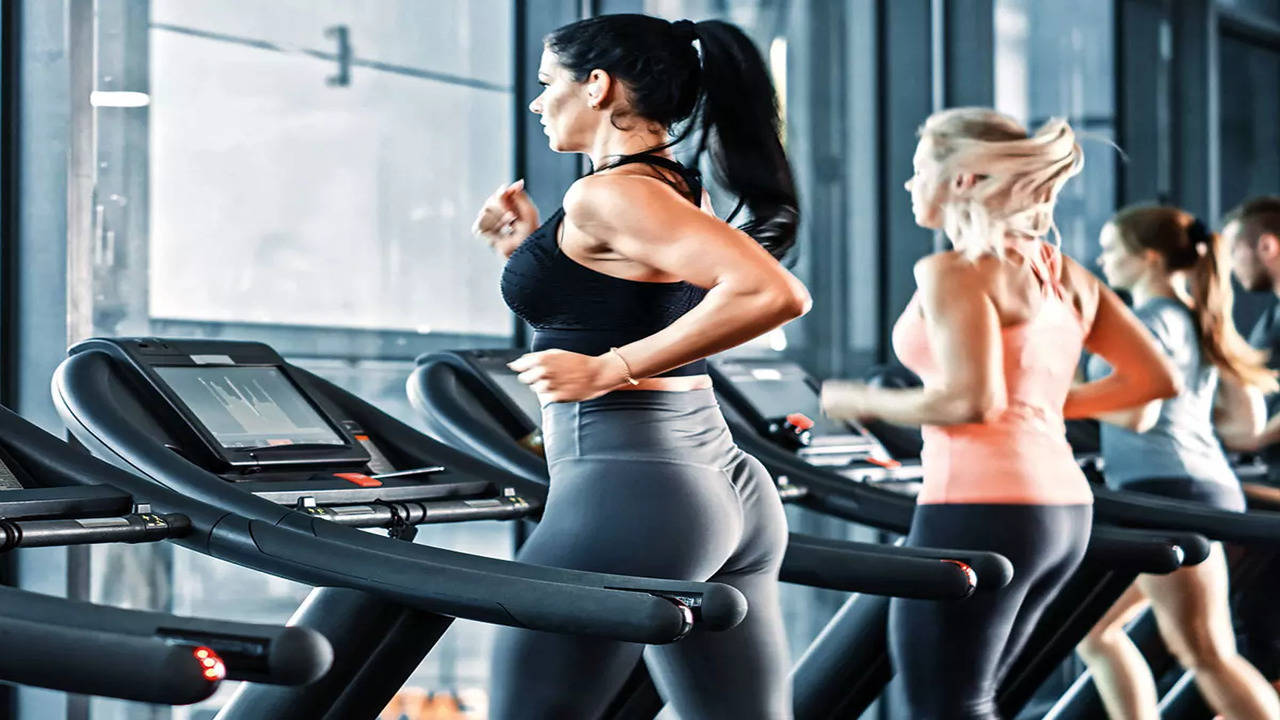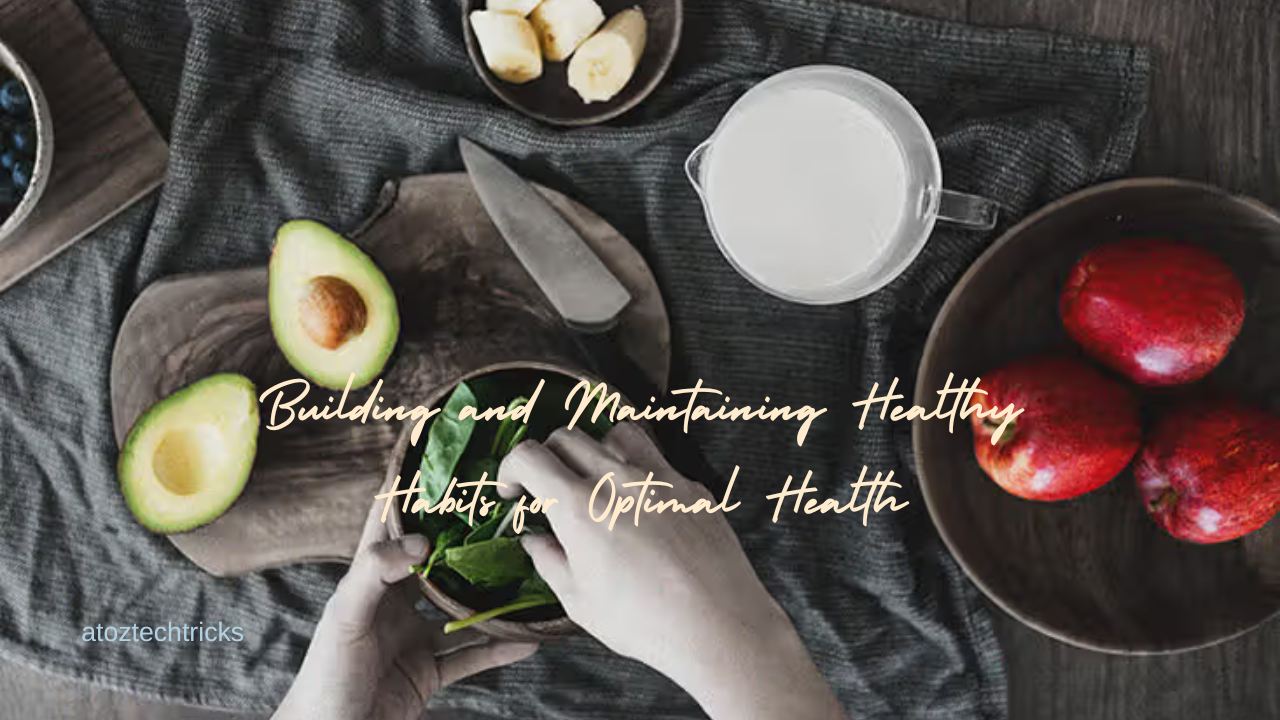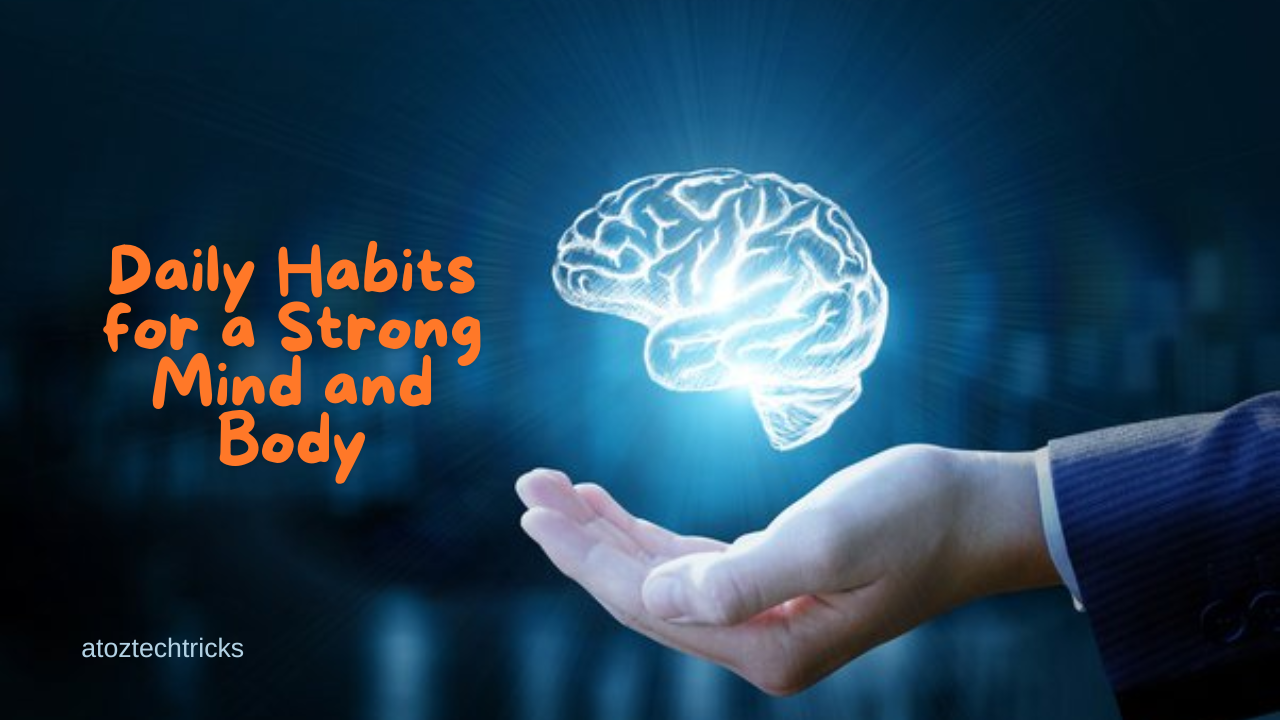Fitness for Different Life Stages: A Comprehensive Guide
Fitness is a fundamental component of a healthy lifestyle that evolves with us through different stages of life. From the physical changes associated with pregnancy to the challenges of ageing, maintaining an appropriate fitness routine is crucial for overall well-being. This guide explores fitness strategies tailored to various life stages, offering practical advice and insights to help you stay active and healthy throughout your life.
1. Fitness During Pregnancy
Pregnancy is a unique period that demands special attention to fitness. Exercise can benefit both the mother and the baby, but it’s essential to approach it with care.
1.1 Benefits of Exercise During Pregnancy
- Improved Mood: Regular exercise helps reduce symptoms of depression and anxiety, promoting a positive mental state.
- Better Sleep: Engaging in physical activity can improve sleep quality, which is often disrupted during pregnancy.
- Reduced Discomfort: Exercise can alleviate common pregnancy discomforts like back pain and constipation.
- Easier Labor and Delivery: Women who exercise regularly may experience shorter labour and fewer complications during delivery.
- Faster Postpartum Recovery: Staying active can help you regain strength and endurance more quickly after childbirth.
1.2 Safe Exercise Guidelines
- Consult Your Healthcare Provider: Always discuss your exercise plans with your doctor to ensure they are safe for your specific situation.
- Opt for Low-Impact Activities: Swimming, walking, and stationary cycling are excellent choices that minimize joint stress.
- Focus on Core Strength: Strengthening the core can help support the growing belly and reduce back pain.
- Stay Hydrated: Drink plenty of water before, during, and after exercise to prevent dehydration.
- Listen to Your Body: Avoid overexertion and stop any exercise that causes discomfort or pain.
1.3 Example Workouts
- Walking: A daily walk can help maintain cardiovascular health and manage weight gain.
- Prenatal Yoga: Gentle stretching and breathing exercises can enhance flexibility and relaxation.
- Pelvic Floor Exercises: Strengthening the pelvic floor muscles can aid in labour and recovery.

2. Fitness for Young Adults
Young adulthood is a time of high energy and potential for building lifelong fitness habits. It’s an ideal period to develop a balanced fitness routine that can adapt to future life stages.
2.1 Importance of Fitness
- Establishing Habits: Creating a consistent fitness routine during this stage sets the foundation for a healthy lifestyle.
- Enhancing Performance: Regular exercise can improve athletic performance, which is beneficial for those involved in sports or physical activities.
- Managing Stress: Exercise is a powerful tool for managing the stress and pressures of early adulthood, including work and personal life.
2.2 Recommended Activities
- Strength Training: Incorporate weightlifting or resistance exercises to build muscle mass and boost metabolism.
- Cardiovascular Exercise: Activities like running, cycling, or swimming can enhance cardiovascular health and endurance.
- Flexibility Training: Stretching exercises or yoga can improve flexibility and prevent injuries.
2.3 Creating a Balanced Routine
- Set Goals: Establish clear fitness goals, whether it’s improving strength, endurance, or overall health.
- Diversify Workouts: Mix different types of exercises to keep workouts interesting and target various muscle groups.
- Rest and Recovery: Ensure adequate rest between workouts to allow muscles to recover and grow.
3. Fitness for Middle-Aged Adults
As we enter middle age, our bodies experience changes that can impact fitness levels. Adjusting your routine to accommodate these changes is key to maintaining health and vitality.
3.1 Age-Related Changes
- Decreased Muscle Mass: Muscle mass typically declines with age, making strength training increasingly important.
- Reduced Metabolism: Metabolism slows down, which can lead to weight gain if physical activity levels decrease.
- Joint Stiffness: Joints may become stiffer and more prone to injury, necessitating low-impact exercises.
3.2 Fitness Strategies
- Strength Training: Focus on resistance exercises to combat muscle loss and maintain bone density.
- Low-Impact Cardio: Activities like brisk walking, swimming, or cycling are gentle on the joints while providing cardiovascular benefits.
- Flexibility and Balance: Incorporate stretching and balance exercises to enhance mobility and prevent falls.
3.3 Example Routines
- Circuit Training: Combine strength exercises with short bursts of cardio for an efficient and effective workout.
- Pilates: A low-impact option that improves core strength, flexibility, and posture.
- Tai Chi: This gentle martial art enhances balance, flexibility, and relaxation.
Creating a Personalized Workout Routine: Your Ultimate Guide
4. Fitness for Seniors
For seniors, staying active is crucial for maintaining independence and quality of life. Fitness routines should be adapted to address the unique needs and limitations that come with ageing.
4.1 Benefits of Exercise in Older Adults
- Improved Mobility: Regular exercise helps maintain or improve mobility and balance, reducing the risk of falls.
- Enhanced Cognitive Function: Physical activity has been linked to better cognitive function and a reduced risk of dementia.
- Better Chronic Disease Management: Exercise can help manage chronic conditions such as diabetes, hypertension, and arthritis.
4.2 Recommended Exercises
- Strength Training: Use light weights or resistance bands to strengthen muscles and improve bone density.
- Aerobic Exercise: Engage in low-impact activities like walking, water aerobics, or cycling to enhance cardiovascular health.
- Balance and Flexibility: Include exercises that focus on balance, such as standing on one leg or using balance boards, and stretching routines to maintain flexibility.
4.3 Safety Considerations
- Consult a Professional: Work with a healthcare provider or fitness professional to design a safe and effective exercise program.
- Start Slow: Begin with low-intensity exercises and gradually increase intensity as fitness improves.
- Use Proper Equipment: Ensure that any equipment used is appropriate for your physical condition and abilities.

5. Fitness for Individuals with Special Conditions
Certain medical conditions require tailored fitness approaches. Adapting your routine to accommodate these conditions can help manage symptoms and improve overall health.
5.1 Chronic Conditions
- Diabetes: Engage in regular aerobic and strength exercises to help regulate blood sugar levels.
- Arthritis: Focus on low-impact exercises that reduce joint stress, such as swimming or cycling.
- Heart Disease: Follow a program that includes moderate aerobic exercise and strength training, with careful monitoring of heart rate.
5.2 Mental Health Conditions
- Depression and Anxiety: Regular physical activity can improve mood and reduce symptoms of depression and anxiety.
- Stress Management: Incorporate relaxation techniques like yoga or meditation into your routine to manage stress effectively.
5.3 Working with Healthcare Providers
- Customized Programs: Collaborate with your healthcare provider to create a fitness plan that addresses your specific needs and limitations.
- Regular Monitoring: Monitor your progress and adjust your routine as needed based on feedback from your healthcare team.
6. The Role of Nutrition in Fitness
No matter your age or fitness level, proper nutrition is essential for supporting your exercise routine and overall health.
6.1 Nutritional Needs
- Macronutrients: Ensure a balanced intake of carbohydrates, proteins, and fats to fuel workouts and aid in recovery.
- Hydration: Stay hydrated to support physical performance and recovery.
- Micronutrients: Vitamins and minerals, such as calcium and vitamin D, are crucial for bone health and overall well-being.
6.2 Pre- and Post-Workout Nutrition
- Pre-Workout: Consume a balanced meal or snack that includes carbohydrates and protein about 1-2 hours before exercising.
- Post-Workout: Eat a meal or snack rich in protein and carbohydrates within 30 minutes of finishing your workout to aid recovery.
Fitness is a lifelong journey that adapts to our changing needs and circumstances. By tailoring your exercise routine to different life stages—whether during pregnancy, young adulthood, middle age, or senior years—you can optimize your health and well-being. Incorporate safe and effective exercises, consider any special conditions, and complement your fitness efforts with proper nutrition to achieve a balanced and active lifestyle throughout your life.
Remember, it’s always best to consult with a healthcare provider or fitness professional before starting any new exercise program, especially if you have any underlying health conditions. Staying active and making informed fitness choices can lead to a healthier, happier life at every stage.




Post Comment